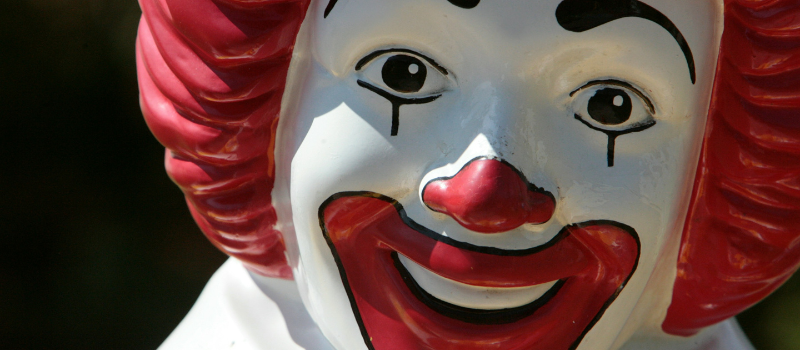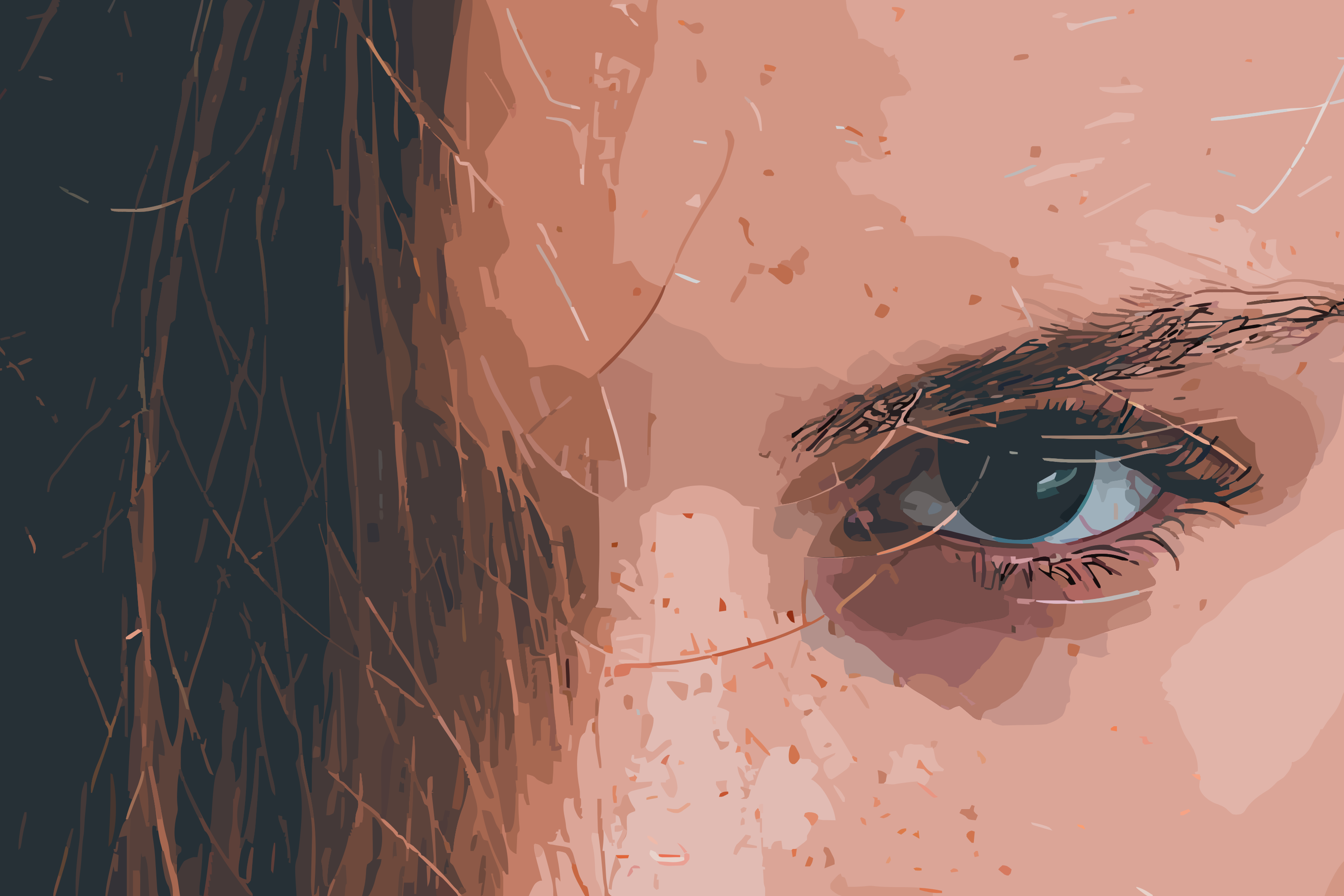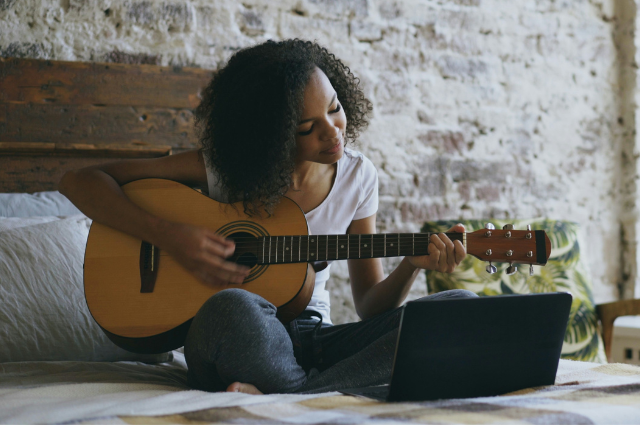You're a walking, talking collection of other people's behaviors, and you didn't even realize you were borrowing them.
That way you laugh? Probably borrowed from a friend. Your hand gestures when you talk? Lifted from someone you admire. The way you say like seventeen times in one sentence? Yep, you've been observationally learning from your social group without your conscious permission.
Right now, you're probably sitting in a way you've seen other people sit. You might be making facial expressions you've unconsciously copied from actors, friends, or that one TikToker you watch too often.
Even your thoughts about this article are being influenced by how you've seen other people react to new information.
This is observational learning: where your brain is a natural copying machine that's been running unauthorized downloads of other people's behaviors since the day you were born.
Albert Bandura figured this out in the 1960s by watching kids beat up an inflatable clown after seeing adults do it. He found that humans learn through direct experience, rewards, and punishments, but we also learn by watching, copying, and unconsciously becoming the people around us.
You're doing this constantly, automatically, and completely without realizing it. You're not just influenced by people — you're a remix of everyone you've ever observed (and hopefully a better one).
What Is Observational Learning?

Observational learning (also called social learning or modeling) is the process of gaining new behaviors, skills, or knowledge by watching and imitating others. It's how your brain learns just by observing what other people do and copying the behaviors that seem worth borrowing.
Unlike Pavlov's dogs drooling at bells or Skinner's rats pressing levers for food, observational learning doesn't require you to personally experience any consequences. You can:
- Learn that touching a hot stove is a bad idea by watching someone else get burned.
- Master a dance move by watching YouTube videos.
- Pick up toxic relationship patterns by observing your parents argue.
Your brain is constantly running surveillance on everyone around you, taking notes on what works, what doesn't, and what looks cool enough to try.
The genius of observational learning is your brain’s efficiency. Instead of painfully learning everything through trial and error, you can skip straight to "this works" by watching someone else do the trial-and-error for you.
See someone get positive attention for telling jokes? Your brain files that under behaviors worth copying. Watch a student get embarrassed for interrupting a teacher? Your brain adds that to the avoid list.
This isn't just conscious mimicking either (like buying your favorite celebrity’s shoes). Most observational learning happens automatically, below your awareness. You're not thinking "I'm going to copy this person's laugh" — you just start laughing like them after enough exposure.
Meet Albert Bandura: The Man Who Proved We're All Just Imitators

Albert Bandura was a Stanford psychologist who accidentally revolutionized our understanding of human behavior by letting kids watch adults beat up a clown.
In his famous 1961 Bobo doll experiment, Bandura had children observe adults either playing nicely with toys or aggressively attacking an inflatable clown named Bobo. Then he put the kids in a room with the same toys and watched what happened.
Ultimately, kids who saw aggressive behavior turned into tiny violence machines, copying the exact same moves they'd observed: punching, kicking, and even using the same phrases like "Pow!" and "Sock him!"
Poor Bobo never saw it coming.
This was revolutionary because it proved learning could happen without direct experience, rewards, or punishments. The kids weren't rewarded for violence. They just copied what they saw because that's what brains do.
Bandura found that humans are sophisticated imitation machines, constantly downloading behaviors from their environment whether they realize it or not.
The 4 Stages of Observational Learning
Bandura figured out that observational learning is more than just monkey see, monkey do. Your brain runs a surprisingly advanced process to decide what's worth copying and what gets ignored.
Here's how your inner copycat actually operates:
- Attention: You have to notice the behavior first
- Retention: Your brain needs to remember what it saw
- Reproduction: You have to be physically/mentally capable of doing it
- Motivation: You need a reason to actually bother copying it
1. Attention: You Have to Notice It First
Your brain is constantly bombarded with behaviors to potentially copy, but it's picky about what gets attention. You're more likely to notice and copy behaviors from people you find attractive, powerful, or similar to yourself. That's why you unconsciously mimic your favorite celebrities but ignore the weird guy mumbling on the bus.
It’s hard to ignore a grown man mauling a defenseless plastic clown.
2. Retention: Your Brain Has to Remember It
Seeing a behavior once isn't enough. Your brain needs to encode it into memory. Complex behaviors require repetitive exposures, while simple ones (like a catchphrase) might stick immediately. The more vivid or emotionally charged the observation, the better your retention.
I don’t think I’d be able to get the image of poor Bobo getting demolished out of my mind.
3. Reproduction: You Have to Be Able to Do It
You can watch Olympic gymnastics all day, but if you can't physically perform a backflip, observational learning falls a bit short. Your current abilities (physical, mental, and social) determine what you can actually reproduce from what you observe.
Punching a clown in the face? Well, most of us have no problem with that.
4. Motivation: You Need a Reason to Bother
Just because you can copy something doesn't mean you will. Your brain needs incentive: whether that's social acceptance, personal satisfaction, or avoiding negative consequences. You might notice how your boss talks in meetings, remember it perfectly, and be capable of copying it, but only do so if you think it'll actually help your career.
Examples of Observational Learning in Your Daily Life

Your entire day is one continuous observational learning experiment, and you're both the researcher and the test subject.
- Phone Habits: You learned to use smartphones by watching other people swipe, tap, and scroll. No one gave you a manual. You just observed and copied until it became automatic.
- Social Media Behavior: Those poses you make in selfies? Well, you learned them from influencers and friends. Your captions, hashtags, and even the timing of your posts are all copied behaviors.
- Speech Patterns: You picked up your accent, slang, and speaking style by listening to family, friends, and media.
- Fashion Choices: You dress like people you want to be associated with. Your style is a carefully curated collection of copied looks from people you admire or want to fit in with. Yours might be unique, but that’s because it's your intentional remix (not 100% original).
- Work Behavior: How you act in meetings, respond to emails, and interact with colleagues is all learned by watching what works for others in your workplace.
- Driving Style: You learned to drive aggressively or cautiously by observing other drivers and deciding which behaviors seemed smart (or safe).
- Relationship Patterns: Your communication style, conflict resolution, and even romantic gestures are largely copied from relationships you've observed from parents, friends, movies, and TV shows.
Why Your Brain Loves to Copy
Your brain is efficient, and it doesn’t take long to figure out that copying is way smarter than reinventing the wheel every single time.
Really, imitation was a survival superpower. The humans who learned "don't eat the red berries" by watching others get sick lived longer than the ones who had to test every berry personally.
Observational learning is just Darwinism at its finest.
Your ancestors who copied successful hunting techniques, social behaviors, and survival strategies were more likely to survive and reproduce.
Your brain is also wired with mirror neurons — cells that fire both when you perform an action and when you watch someone else perform the same action. These neurons literally make you feel like you're doing what you're observing, and that makes copying feel natural.
Plus, imitation builds social bonds. When you unconsciously mirror someone's posture or speech patterns, they feel more connected to you. Your brain learned that copying behaviors helps you fit in, gain acceptance, and avoid social rejection.
That’s not your brain being lazy. It’s being incredibly smart about learning while simultaneously building social connections.
That’s a win-win.
Why This Even Matters Beyond Psychology Basics

When you know what influences your inner copycat, you can surround yourself with the people, habits, and things you actually want to adopt. Remember, your brain has to (1) observe, (2) remember, (3) reproduce, (4) and reward to become part of your self.
And you have control over every step in that process.
- You're being influenced constantly without realizing it. Every Netflix show, social media feed, and friend group is subtly shaping your behavior through observational learning. Once you see it, you can choose your influences more intentionally.
- You can accelerate skill-building by choosing better models. Want to improve at something? Stop watching Sunday league soccer and start watching England’s Premier League. Your brain will copy their techniques automatically.
- You'll understand how children really learn. Kids aren't just listening to your words (shocking, I know). They're copying your behaviors, emotional reactions, and relationship patterns. You're their primary observational learning source.
- You can break toxic patterns by changing your environment. If you keep copying unhealthy behaviors, maybe it's time to change who you're observing daily.
This knowledge matters when that knowledge explains why you unconsciously become like the people around you.
Embrace Your Inner Copycat (for Better or Worse)
You're going to keep copying people whether you're aware of it or not. Your brain doesn't have an "off" switch for observational learning.
The question is: are you going to be intentional about who you're copying, or just absorb whatever behaviors happen to be around you?
Start paying attention to your influences. Notice whose speech patterns you're adopting, whose habits you're picking up, whose emotional reactions you're mirroring. Then ask yourself: are these the people you actually want to become like?
Your brain is constantly downloading behaviors from your environment. You might as well curate the playlist.
Choose your role models wisely…because whether you realize it or not, you're becoming them one observation at a time.
.png)


